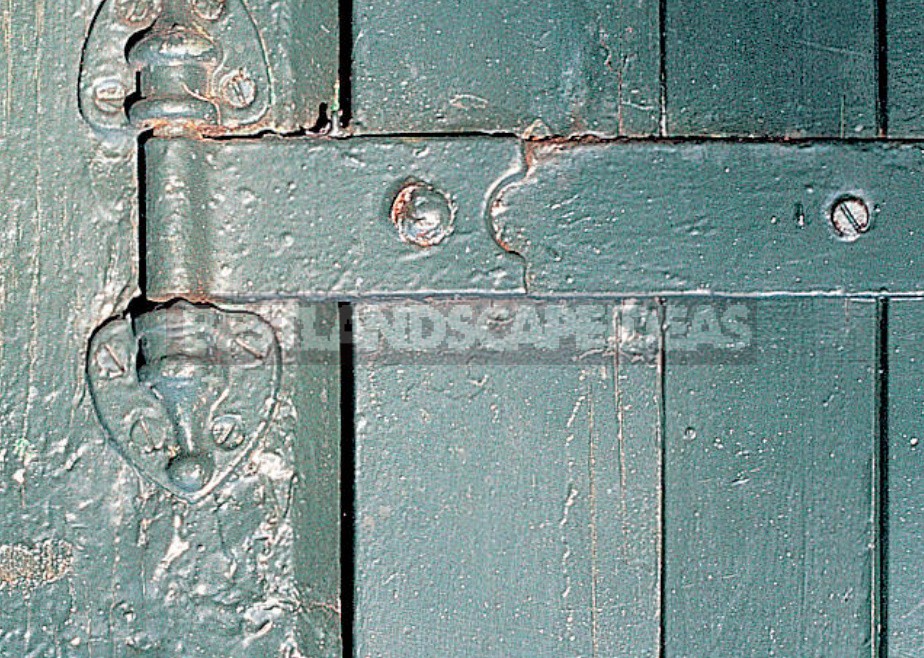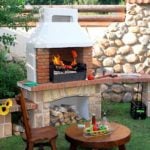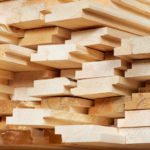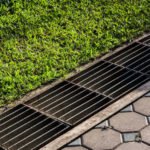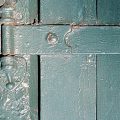Using flushes
The old coating can be removed with a flushing agent, which reacts chemically with paint or varnish. There are universal washes, softening coatings based on both organic solvents and water-based, including water-based and cellulose paints, and there are washes specially designed for a certain coating, for example, oil-based varnish or textured paint. Specialized flushes are more effective than universal ones, but it is more expensive due to the need to buy several different products.
Traditionally, paint removal products are made from strong chemical reagents and require careful handling. When working with such products, it is necessary to wear protective gloves and glasses, as well as, possibly, a respirator.
The new generation of washes — the so-called “green” or soft-do not lead to skin burns and do not emit dangerous fumes. However, working with such soft compositions will be a relatively gradual process.
In any case, strictly follow the manufacturer’s recommendations on the safety of using this tool, and if there are any doubts, it is always better to err on the side of “extra” precautions.
Before you stop at any particular tool, you should evaluate the very surface that you are going to clean.
A thick jelly-like paste that holds well on such vertical surfaces as doors or wall paneling is perfect for all general-purpose home wooden products. More liquid means, apparently, it is better to use on products with figured fine threads or with a figured profile.
For expensive furniture, especially finished with veneer, be sure to use a wash that can be washed off with white spirit, since wood fibers will rise (swell) from the water, and it can soften the old glue.
Working with flushes
- Protect the floor with a plastic film or a sufficient number of newspapers, then thoroughly moisten the paintwork with a wash, having well treated all the profile surfaces.
- Leave it on for 10-15 minutes, and then try to peel off the paint on a small area to determine whether it has softened enough. (Some soft washes may have to be kept on the coating for 45 minutes or more.) Do not waste your time trying to remove the paint when only the top layer has softened — by using the miter brush, add more washes with a brush so that it impregnates all the paint to the wood. Wait another 5-10 minutes for the paint to soften.
- After the chemical finishes its action, clean the paint from flat surfaces with a scraper, and from shaped profiles with a Hand scraper. Clean the paint from the carvings with a washcloth made of thin wire, but clean the oak carvings with a nylon sanding sponge with an abrasive, since iron can leave stains on the oak.
- After removing the main part of the paint, clean the remaining parts of it with a wire washcloth (in the case of oak — a nylon sponge) soaked in a fresh wash. Work along the fibers, changing the position of the washcloth (sponge) as it becomes dirty.
- To neutralize the flushing, wash the wood with white spirit or water in accordance with the manufacturer’s instructions. Let it dry properly, and then prepare it for painting as fresh wood.
Technical hair dryers
Electric blowers with electric heating — technical hair dryers-act almost as quickly as burners, but with a much lower risk of burning or burning wood.
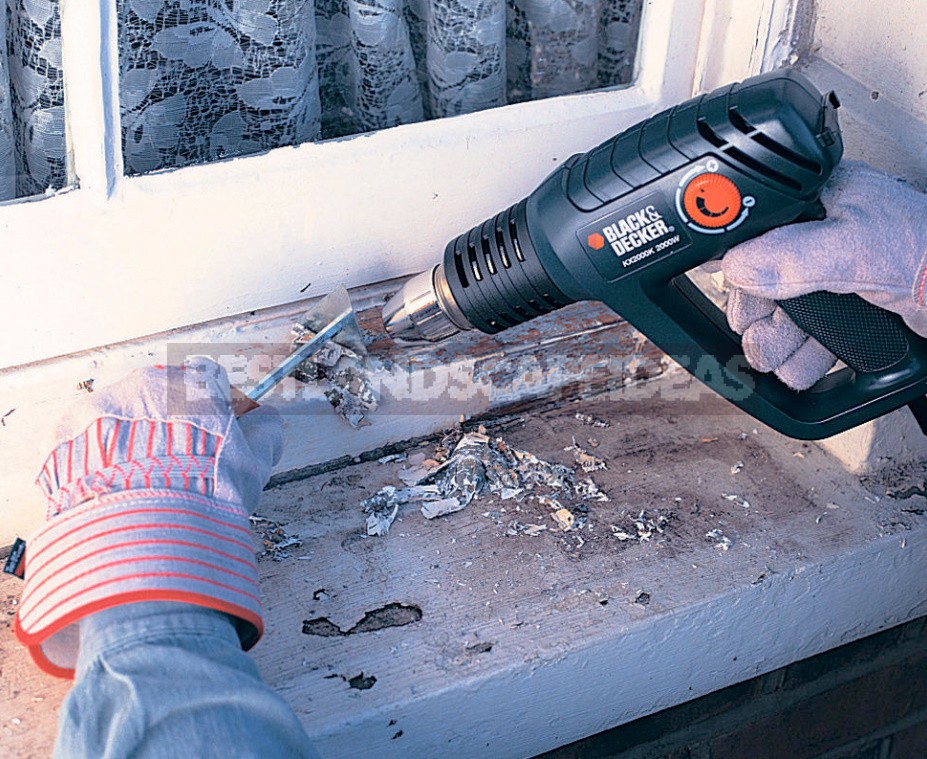
The temperature of the outgoing air is very high — do not direct it to your hands. Some machines have a temperature control and a set of nozzles.
Working with a heat gun
Holding the nozzle of the hot air gun 50 mm from the coating, slowly move it back and forth until the paint swells and “boils”. Immediately remove the paint with a scraper or scraper.
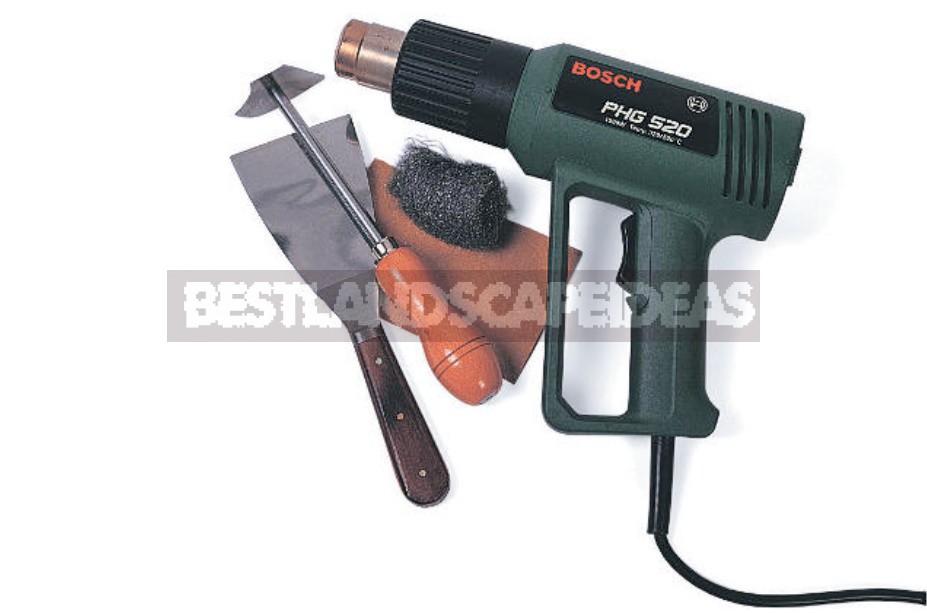
Try to warm the paint directly in front of the tool, so that the work is continuous. When you heat the paint on the window cover, put on the appropriate nozzle to divert hot air from the glass.
The photo below shows the nozzles for the heat gun:
- wide nozzle for hot flow distribution,
- nozzle for glass protection when processing window sash,
- nozzle with a scraper,
- a conical nozzle for concentrating the flow on a small area.
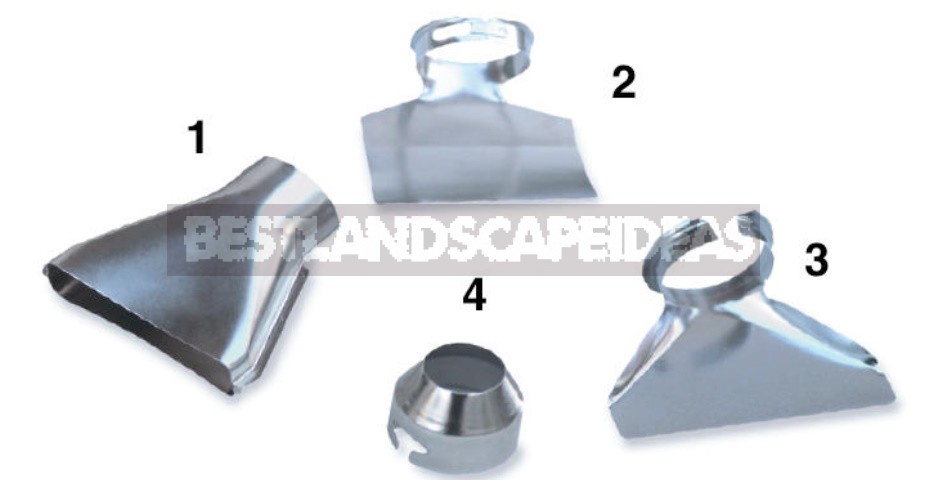
Old soil is sometimes difficult to remove with the help of hot air. This will not create problems during subsequent painting: just treat the surface with a sandpaper. To apply a new transparent coating, remove the remaining paint with a wire washcloth moistened with a rinse.
Industrial cleaning method
Any transportable wooden product can be delivered to a specialized company, where the old paint is cleaned off by immersion in a particular solution. However, this creates a risk of lifting the fiber, cracking and warping of the wood, and the formation of gaps in the joints. This method cannot be used to clean veneered products. It is safest to clean such things with your own hand with a wash, washing in conclusion with white spirit.
